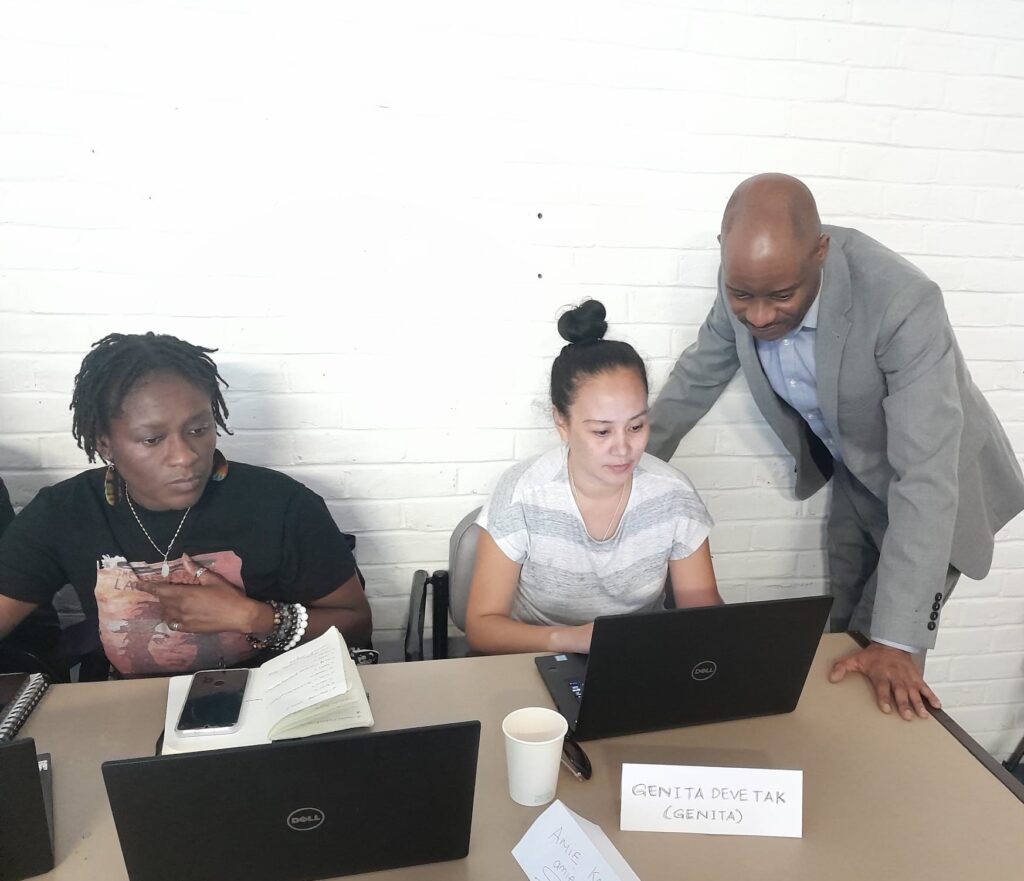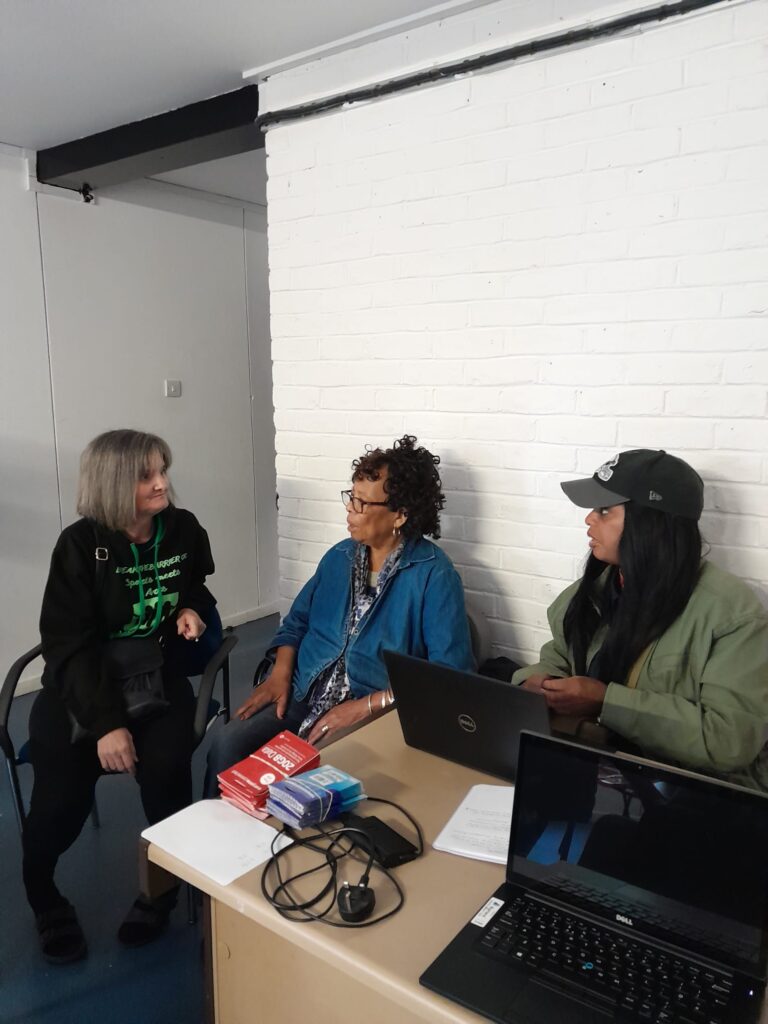IFB Gaming Reflects on 2023 and Unveils Goals for 2024
We are delighted to address you today with a profound sense of pride and gratitude as IFB Gaming reflects on the remarkable achievements of the past year. Together, we have not only marked significant milestones but have also laid the foundation for an exciting future in the realms of gaming, business, inclusion and community development.
Get Online Week 2023 was a resounding success, and we also want to express our deepest appreciation to our founder, John Adewole, for his visionary leadership. The initiative’s impact in Empowering Futures, mitigating health inequalities and fostering digital inclusivity has been truly inspiring. We have bridged gaps, connected communities, and paved the way for a more inclusive data collection and analysis digital landscape in the London Boroughs of Southwark and Lambeth.
In addition to the success of Get Online Week (2023), we are thrilled to announce that IFB Gaming has been shortlisted for a Southwark Business Excellence Award, which takes place at Southwark College on the 15th of February 2024. This recognition underscores our commitment to business and innovation, research and education, and making a positive impact in the communities where we operate. The shortlist is a testament to the passion, dedication and hard work of every employee at IFB Gaming.
Looking ahead to 2024, our goals remain bold and ambitious. We remain committed to pushing the boundaries of innovation within human-focused technological or digital solutions and sustainable community development and integration.
We will continue to invest in research and development, connecting Higher Education, The Third Sector, Technology and Telecommunications industries, Lawmakers, and relevant organisations to timely, practical and usable data and insights and hard-to-reach communities. Ultimately, ensuring that IFB Gaming remains at the forefront during technology adoption maturity and beyond.

2023 Key Achievements
NHS Digital: Achievements with NHS Digital during the lockdown have seen our current contract extended to early 2025. We continue to work with NHS Digital’s User Experience and User Research teams to ensure that healthcare solutions are accessible, usable, and relatable to everyone in England.
NHS England: Following the anticipated merger of NHS Digital with NHS England in January 2023, IFB Gaming has actively explored new ways of accessing hard-to-reach groups and communities and working with the NHS on inclusive healthcare solutions.
Inspiring Minds! Empowering Futures!! The maiden outreach empowering futures was a resounding success, which involved players from our 7 pillars of Digital Exclusion: Citizenship, Living, Commerce, Education, Healthcare, Governance, Safety and Security.
Community as Service (CAS): 2023 was a brilliant start to our maiden outreach CaS initiative. Community as Service (CaS) saw new knowledge and operations partnership acquisitions with charities and community organisations in London.
Southwark Business Excellence Award: As a games-based research and learning organisation, it is truly a delight as well as an honour to be noticed and shortlisted by Elephant and Castle Town Centre and the London Borough of Southwark for this prestigious award. Especially in the Contribution to Community category. We look forward to continuing our work in London communities in 2024 and beyond.
Gaming as a Sustainable Community Development Tool: Once again, IFB Gaming has practically manifested the efficacy and vitality of the gaming paradigm as a practical construct and social penetrator and accommodator for insecurely attached individuals and communities.
We aspire to expand our initiatives, not only to promote digital inclusivity but also to empower charities, Higher Education, Lawmakers, the Third Sector, businesses and lawmakers.
As we embark on this exciting journey, we are confident that with your continued support and partnership, IFB Gaming will reach new heights of success. Together, we will shape the future of English research and communities, inspire creativity, and contribute to a connected and inclusive nation and world.
Thank you for being an integral part of IFB Gaming. Here’s to a year of innovation, growth, and shared success!











